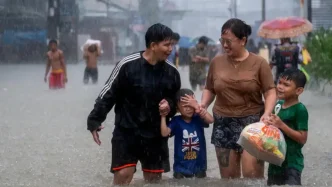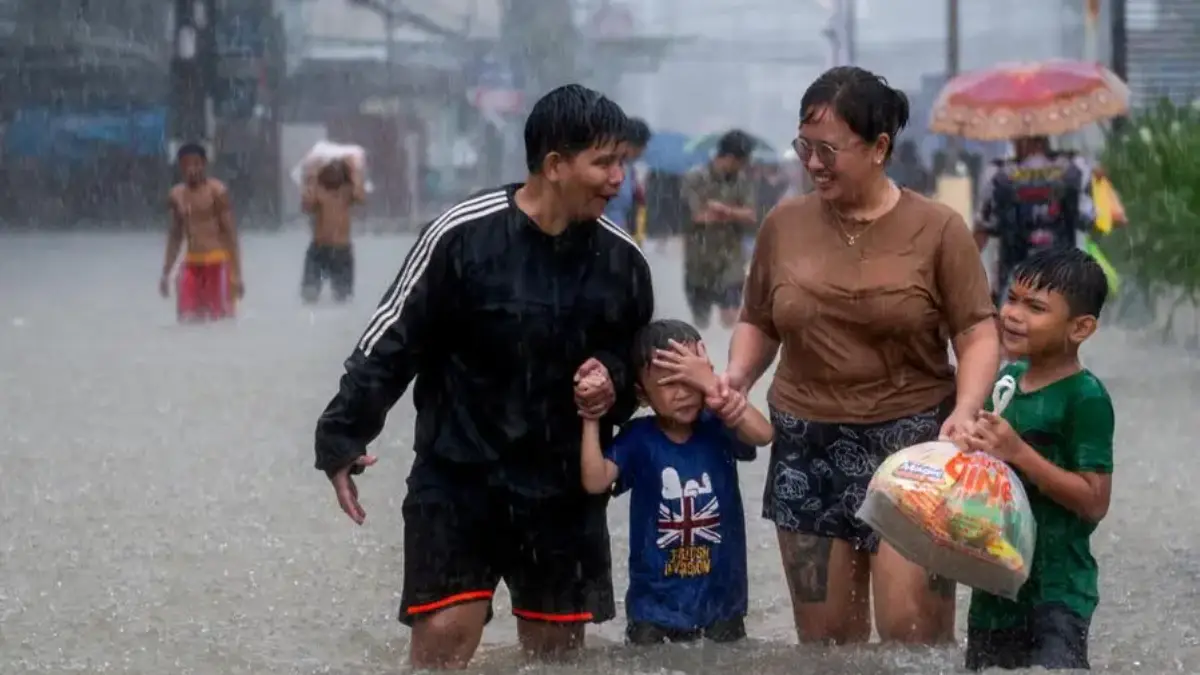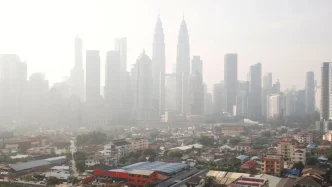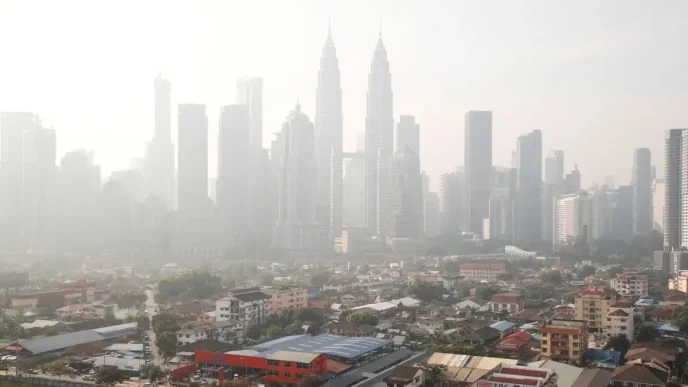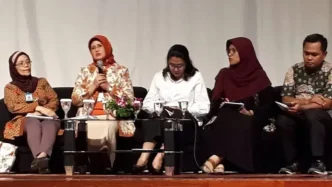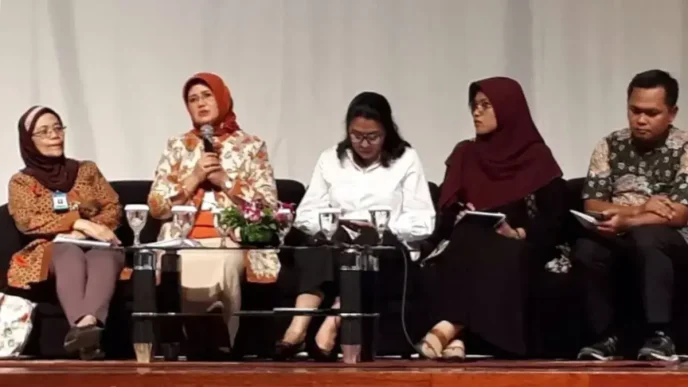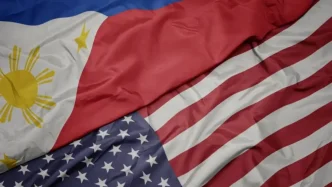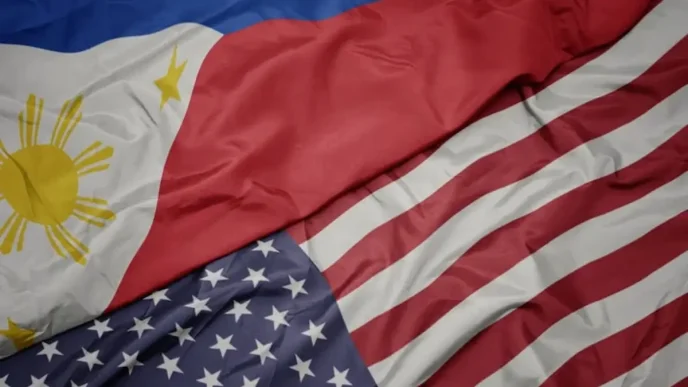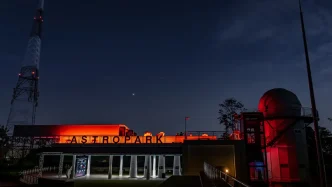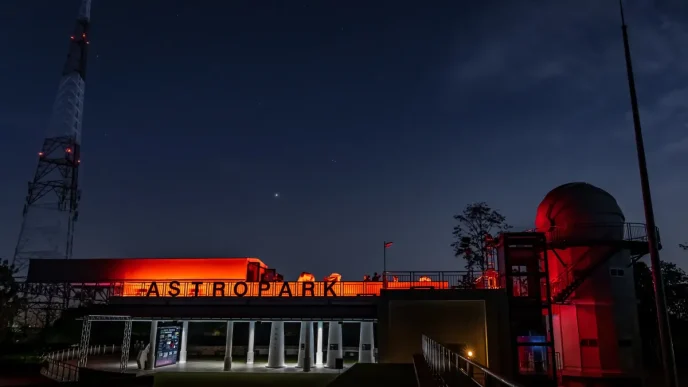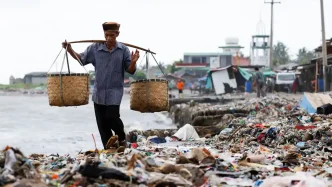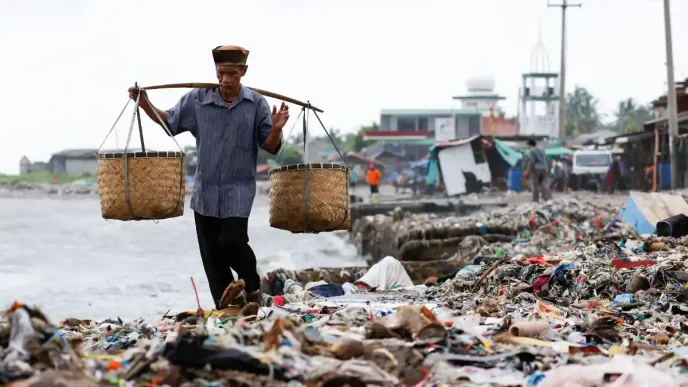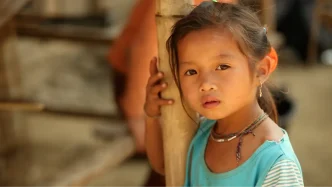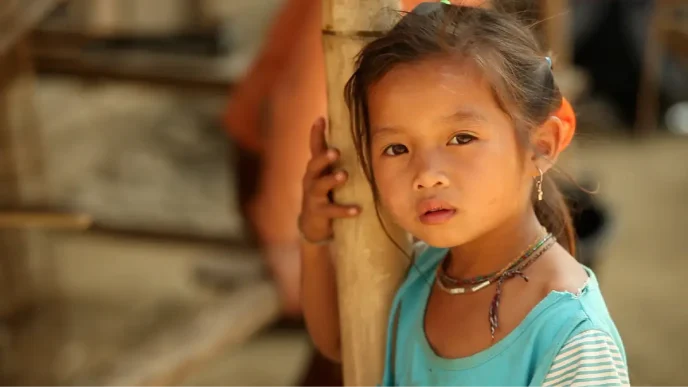Every year, as the monsoon rains sweep across the Philippines, millions of Filipinos brace for the inevitable: floods that transform streets into rivers and homes into islands. These deluges, often triggered by typhoons, are more than just natural disasters; they are a reflection of a deeper, more intricate relationship between the Filipino people and their environment. In a nation of over 7,000 islands, where water shapes both geography and culture, floods reveal the vulnerabilities and resilience of communities caught between nature’s wrath and human adaptation.
The Annual Battle with Water
The Philippines is no stranger to flooding. With its tropical climate and location in the Pacific Ring of Fire, the archipelago faces an average of 20 typhoons annually, many of which bring torrential rains. According to data from the National Disaster Risk Reduction and Management Council, flooding affected over 3 million people in 2022 alone, displacing thousands and causing millions of dollars in damages. Metro Manila, the densely populated capital region, often bears the brunt, with low-lying areas submerged under meters of water during intense storms.
Beyond the immediate destruction, these floods expose systemic challenges. Poor urban planning, clogged drainage systems, and deforestation in upstream areas exacerbate the impact of heavy rains. In rural regions, agricultural lands are inundated, threatening livelihoods and food security. Yet, for many Filipinos, flooding is not just a crisis but a recurring part of life—one they have learned to navigate with a mix of resignation and resourcefulness.
A Cultural Connection to Nature
Despite the havoc floods wreak, water holds a profound place in Filipino culture. Rivers, lakes, and the sea are not merely resources but symbols of life and spirituality. Traditional practices, such as the fluvial processions during religious festivals, celebrate this bond, with communities parading on boats to honor patron saints. Even in urban centers, the Pasig River—though heavily polluted—remains a historical lifeline, a reminder of a time when waterways were the arteries of trade and community.
This reverence for nature, however, often clashes with modern realities. Rapid urbanization has led to the concretization of floodplains and the destruction of mangroves, natural barriers that once mitigated flooding. Environmentalists point to the loss of green spaces as a key factor in the worsening flood scenarios. As one local advocate noted in a recent discussion on disaster resilience, the challenge lies in balancing development with environmental stewardship—a task easier said than done in a country grappling with poverty and population growth.
Resilience Amid Adversity
In the face of recurring floods, Filipino communities have developed remarkable resilience. Barangays, the smallest administrative units in the Philippines, often lead grassroots efforts to prepare for and respond to disasters. Residents stack sandbags, elevate belongings on makeshift platforms, and share resources during evacuations. Social media platforms also play a critical role, with citizens posting real-time updates on flood levels and organizing rescue operations.
Government initiatives, while often criticized for being reactive rather than preventive, have made strides in recent years. Early warning systems and disaster preparedness training have saved countless lives, though implementation varies across regions. International aid and local NGOs further bolster recovery efforts, providing relief goods and rebuilding infrastructure. Still, the question remains: can resilience alone address the root causes of flooding, or is a more transformative approach needed?
Climate Change: An Escalating Threat
Underlying the flood crisis is the specter of climate change, which scientists warn is intensifying weather patterns in the Philippines. Rising sea levels threaten coastal communities, while stronger typhoons bring unprecedented rainfall. A 2021 report from the Asian Development Bank highlighted that the Philippines is among the most vulnerable countries to climate impacts, with economic losses from disasters projected to increase if global temperatures continue to climb.
For low-income families living in flood-prone areas, the effects are immediate and devastating. Many cannot afford to relocate or rebuild after each disaster, trapping them in a cycle of vulnerability. Government relocation programs exist, but they often face resistance due to cultural ties to ancestral lands or the lack of viable alternatives. Addressing this intersection of climate change and social inequality requires not just infrastructure investment but also policies that prioritize the most marginalized.
The Path Forward
As the Philippines grapples with its complex relationship with nature, solutions must bridge the gap between cultural values and modern challenges. Reforestation, sustainable urban planning, and the restoration of natural flood barriers like wetlands are critical steps. Community-driven initiatives, supported by government and international partners, could empower locals to take ownership of disaster mitigation efforts.
Education also plays a pivotal role. Teaching younger generations about environmental conservation and disaster preparedness ensures that the lessons of past floods are not forgotten. At the same time, global cooperation on climate action is non-negotiable—small island nations like the Philippines bear a disproportionate burden for emissions they did not create.
For now, the monsoon rains will come again, and with them, the floods. But in the spirit of bayanihan—the Filipino tradition of communal unity—there is hope that each disaster brings not just loss, but a renewed commitment to harmony with nature. How this balance is achieved will define the future of a nation shaped by water.
******

